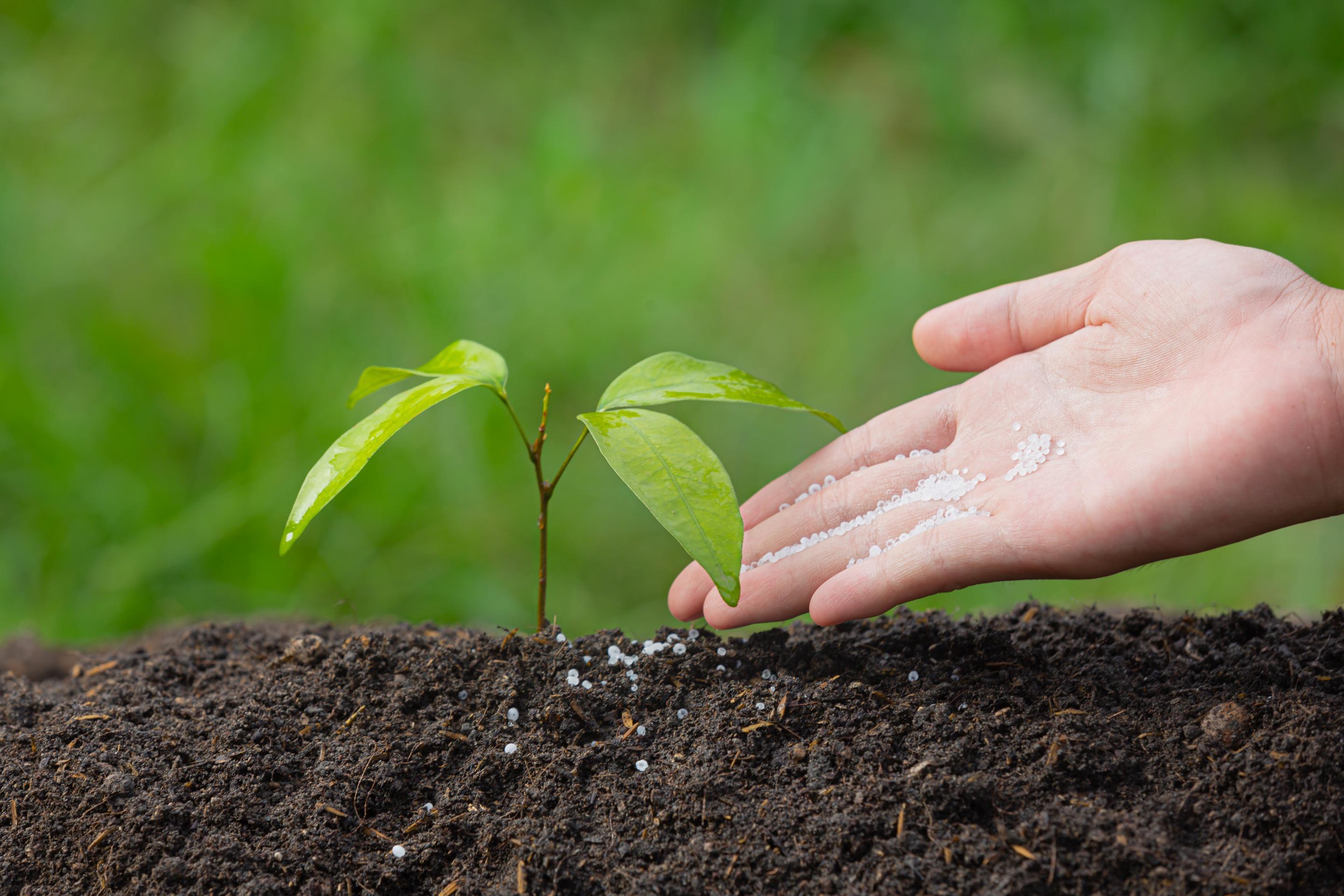Hydroponics has become one of the most popular growing techniques worldwide because it allows plants to thrive without soil, relying instead on nutrient-rich water solutions. However, beginners often wonder whether traditional potting soil can be adapted for hydroponic systems or if they must strictly depend on liquid fertilizer for hydroponics. Understanding the key differences between soil-based growing and hydroponic systems is essential before making this decision. Both methods have their strengths, but not all growing mediums or nutrient sources are interchangeable.
In this article, we’ll explore how hydroponic systems work, the role of soil in traditional gardening, the benefits of liquid nutrients, and whether combining these approaches is possible.
Understanding the Basics of Hydroponics
Hydroponics eliminates the need for soil altogether by focusing on nutrient delivery directly through water. Plants receive a balanced mix of essential minerals, oxygen, and hydration in a controlled environment. Because of this, growers can achieve faster growth rates, higher yields, and better control over pests and diseases compared to traditional gardening.
Some common hydroponic systems include:
- Deep Water Culture (DWC): Plants are suspended in nutrient-rich water.
- Nutrient Film Technique (NFT): A thin film of water constantly circulates around plant roots.
- Ebb and Flow (Flood and Drain): Water floods the root zone at intervals and drains away.
- Aeroponics: Roots are misted with a nutrient solution instead of submerged.
In each of these systems, water plays the main role, not soil. This makes people question whether potting soil can fit into the setup.
What Makes Potting Soil Useful in Traditional Gardening?
Traditional gardening depends heavily on soil as both a support structure and a source of nutrients. Potting soil is often enriched with organic matter, compost, and slow-release fertilizers to promote plant health. It also:
- Provides aeration and drainage.
- Holds nutrients and releases them gradually.
- Anchors the plant roots.
- Encourages microbial activity that supports growth.
However, the benefits of potting mixes in soil-based gardening don’t always translate well into hydroponics. That’s because hydroponic systems are designed for root systems to directly absorb nutrients from water instead of depending on soil microbes and decomposition.
Why Potting Soil Doesn’t Work in Hydroponics
At first glance, using potting soil in a hydroponic setup might seem like an easy way to combine the best of both worlds. But there are several problems:
- Clogging the System: Potting mixes are fine and loose, which can easily clog pumps, filters, or water lines in hydroponic systems.
- Nutrient Imbalance: Most potting soils already contain slow-release fertilizers, which don’t dissolve well in water. This can cause inconsistent nutrient delivery.
- Excess Microbial Growth: Soil can introduce bacteria, fungi, or pests into a system designed to be sterile and controlled.
- Poor Oxygen Exchange: Unlike hydroponic media like clay pebbles or coco coir, soil can become waterlogged, suffocating plant roots.
These challenges highlight why soil-based mixes are rarely used in hydroponic gardening. Instead, growers rely on inert growing media and balanced water-based feeding.
The Role of Liquid Fertilizer in Hydroponics
To replace the nutrient-delivery role of soil, hydroponic growers use liquid fertilizer for hydroponics. These specially formulated solutions contain all the macro and micronutrients plants need in a water-soluble form. Unlike slow-release fertilizers in soil, hydroponic nutrients are available immediately, allowing plants to absorb them efficiently.
Key benefits of using liquid nutrients include:
- Precision Feeding: Growers can adjust the nutrient concentration based on the plant’s stage (seedling, vegetative, flowering).
- Rapid Absorption: Roots can take in nutrients directly without waiting for soil breakdown.
- Consistency: Every plant in the system receives the same balance of nutrients.
- Versatility: Different formulas are available for leafy greens, fruiting plants, or herbs.
Because hydroponics relies entirely on water as the delivery system, liquid nutrients are not optional—they are essential.
Are There Any Alternatives to Soil in Hydroponics?
While traditional soil is unsuitable, hydroponics still uses media to anchor plant roots. These materials are inert, meaning they don’t provide nutrients themselves but help with stability and aeration. Some common alternatives include:
- Coco Coir: Derived from coconut husks, great for water retention.
- Perlite: Lightweight volcanic rock that improves aeration.
- Clay Pebbles (LECA): Provide stability and excellent drainage.
- Rockwool: A fiber-like medium ideal for starting seeds.
These substitutes mimic the structural role of soil without interfering with the water-based nutrient system.
Can Potting Soil Be Used in Hybrid Systems?
While pure hydroponics avoids soil altogether, some growers experiment with hybrid systems that combine elements of both. For instance, aquaponics integrates fish tanks with plant beds, where natural waste becomes fertilizer. In other cases, soil-like mixes may be used in containers that receive hydroponic-style drip irrigation.
However, even in these setups, potting soil is usually replaced with soilless blends like peat moss, coco coir, or perlite to prevent clogging and contamination.
Comparing Potting Soil vs. Liquid Fertilizer for Hydroponics
| Feature | Potting Soil | Liquid Fertilizer for Hydroponics |
| Nutrient Delivery | Slow-release, microbe-dependent | Immediate, water-soluble |
| Suitability for Hydroponics | Poor (clogs systems, imbalance) | Excellent, designed for water systems |
| Oxygen Exchange | Limited in wet conditions | Optimized with inert media |
| Disease Risk | High (pests, microbes) | Low when managed correctly |
| Control | Less precise | Highly precise |
The table makes it clear that hydroponics is built around nutrient solutions, not soil.
Wrapping Up
So, can you use potting soil in hydroponics? The simple answer is no—not if you want a clean, efficient, and productive system. While soil is a fantastic medium for traditional gardening, it introduces too many complications in hydroponic setups. Instead, growers should rely on inert substrates that support root systems without disrupting water flow.
On the other hand, liquid fertilizer for hydroponics is specifically designed for these systems, offering precise control, rapid absorption, and consistency. It ensures plants receive everything they need without the risks associated with soil.

